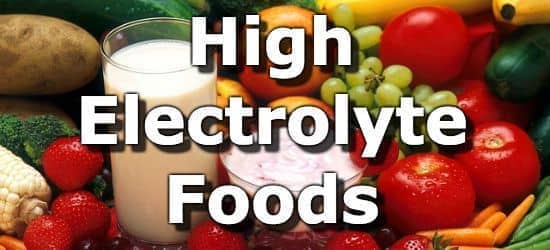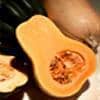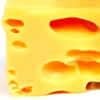10 Foods High in Electrolytes

Electrolytes are vital nutrients needed for maintaining the correct balance of water and pH in the body. (1)
Key electrolytes include sodium (Na), potassium (K), calcium (Ca), magnesium (Mg), Phosphorus (P), and Chloride (Cl). (1) Sodium and chloride constitute table salt and therefore are widely found in modern diets.
For the purpose of this article, we will list foods high in sodium, potassium, calcium, magnesium, and phosphorus. In order to avoid bias, we will only rank foods without added sodium, with the exception of pickles.
Foods high in electrolytes include milk, yogurt, soymilk, squash, cheese, green leafy vegetables, pickles, coconut water, and celery. (2)
List of High Electrolyte Foods

Sodium: 210mg (9% DV)
Potassium: 644mg (14% DV)
Magnesium: 49mg (12% DV)
Calcium: 551mg (42% DV)
Phosphorus: 410mg (33% DV)

Sodium: 189mg (8% DV)
Potassium: 625mg (13% DV)
Magnesium: 47mg (11% DV)
Calcium: 488mg (38% DV)
Phosphorus: 385mg (31% DV)

Sodium: 170mg (7% DV)
Potassium: 598mg (13% DV)
Magnesium: 78mg (19% DV)
Calcium: 598mg (46% DV)
Phosphorus: 0mg (0% DV)

Sodium: 8mg (0% DV)
Potassium: 582mg (12% DV)
Magnesium: 59mg (14% DV)
Calcium: 84mg (6% DV)
Phosphorus: 55mg (4% DV)

Sodium: 53mg (2% DV)
Potassium: 20mg (0% DV)
Magnesium: 9mg (2% DV)
Calcium: 253mg (19% DV)
Phosphorus: 163mg (13% DV)

Sodium: 126mg (5% DV)
Potassium: 839mg (18% DV)
Magnesium: 157mg (37% DV)
Calcium: 245mg (19% DV)
Phosphorus: 101mg (8% DV)

Sodium: 283mg (12% DV)
Potassium: 41mg (1% DV)
Magnesium: 2mg (0% DV)
Calcium: 20mg (2% DV)
Phosphorus: 6mg (0% DV)

Sodium: 252mg (11% DV)
Potassium: 600mg (13% DV)
Magnesium: 60mg (14% DV)
Calcium: 58mg (4% DV)
Phosphorus: 48mg (4% DV)

Sodium: 51mg (2% DV)
Potassium: 166mg (4% DV)
Magnesium: 7mg (2% DV)
Calcium: 26mg (2% DV)
Phosphorus: 15mg (1% DV)

Sodium: 3mg (0% DV)
Potassium: 131mg (3% DV)
Magnesium: 7mg (2% DV)
Calcium: 19mg (1% DV)
Phosphorus: 18mg (1% DV)
About the Data
Data for the curated food lists comes from the USDA Food Data Central Repository.
You can check our data against the USDA by clicking the (Source) link at the bottom of each food listing.
Note: When checking data please be sure the serving sizes are the same. In the rare case you find any difference, please contact us and we will fix it right away.
Related
Data Sources and References
Try the recipe nutrition calculator, or daily meal planner.
Create a free account to log and track foods.
